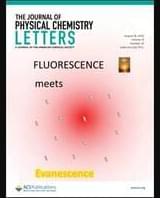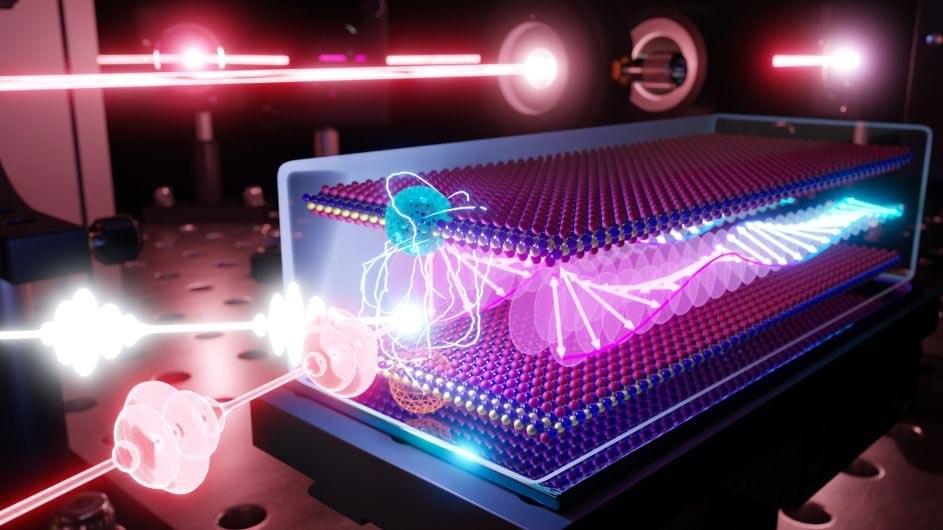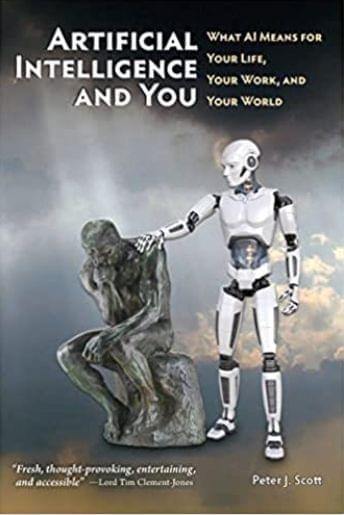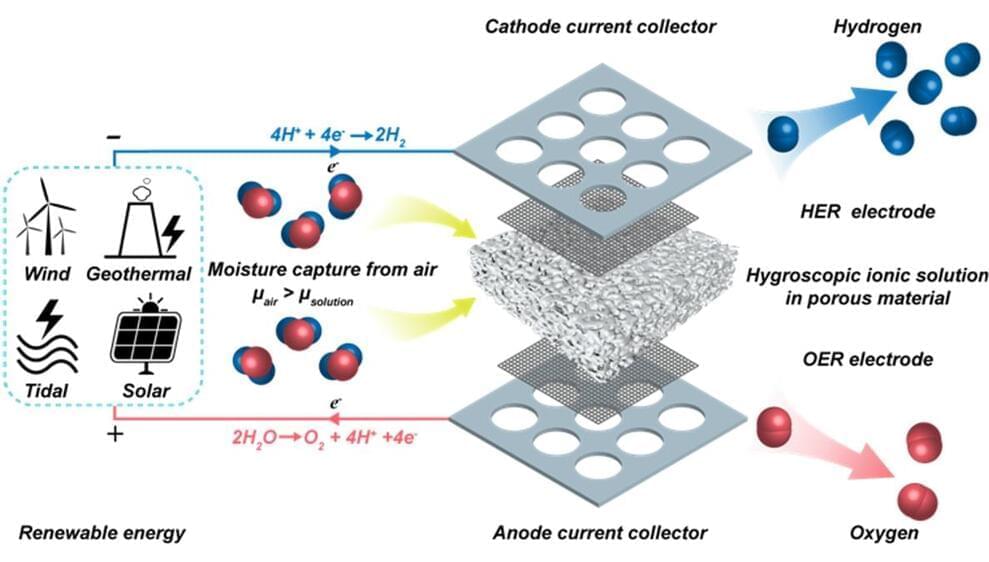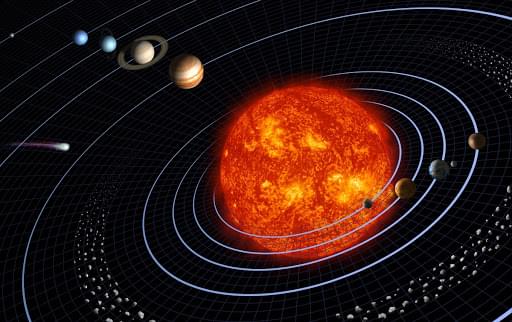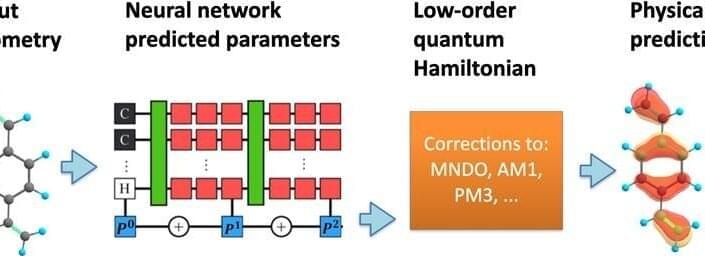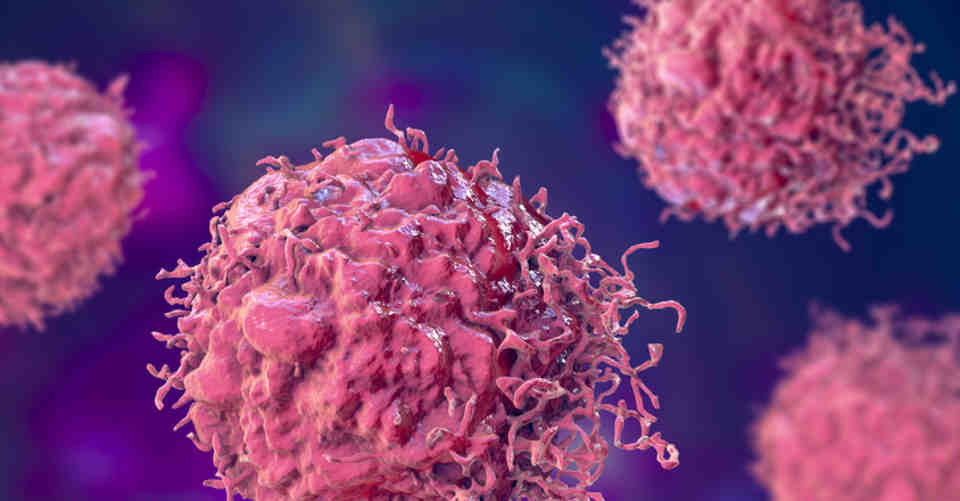Long-range interactions between electronically excited molecules and molecules at the ground state were found for distances of much more than 100 nm, as indicated by the dependence of the fluorescence lifetime on the concentration of dyes in diluted solutions. In contrast to this experimental result, the fluorescence lifetimes of distant isolated molecules should be independent from the concentration according to basic theory for light emission, such as that reported by Förster and Strickler–Berg. As a consequence, the theory of such emission should be modified for real systems to include electromagnetic interactions with distant resonating structures. Consequences of these findings concern many subjects, such as imaging methods (FLIM) in biochemistry.
They dislike virtual reality development.
Quote:
“Several federal law enforcement sources told CNN the package contained a rambling note that criticized Facebook founder Mark Zuckerberg and the relationship between academic institutions and the developers of virtual reality.”
A Northeastern University staff member was injured Tuesday when a package he was opening detonated on the Boston campus, officials said.
New phases of water detected
Posted in futurism
Scientists at the University of Cambridge have discovered that water in a one-molecule layer acts like neither a liquid nor a solid, and that it becomes highly conductive at high pressures.
New research reveals that spinning quasiparticles, or magnons, light up when paired with a light-emitting quasiparticle, or exciton, with potential quantum information applications.
All magnets contain spinning quasiparticles called magnons. This is true of all magnets from the simple souvenirs hanging on your refrigerator to the discs that give your computer memory storage to the powerful versions used in research labs. The direction one magnon spins can influence that of its neighbor, which in turn affects the spin of its neighbor, and so on, yielding what are known as spin waves. Spin waves can potentially transmit information more efficiently than electricity, and magnons can serve as “quantum interconnects” that “glue” quantum bits together into powerful computers.
Although magnons have enormous potential, they are often difficult to detect without bulky pieces of lab equipment. According to Columbia researcher Xiaoyang Zhu, such setups are fine for conducting experiments, but not for developing devices, such as magnonic devices and so-called spintronics. However, seeing magnons can be made much simpler with the right material: a magnetic semiconductor called chromium sulfide bromide (CrSBr) that can be peeled into atom.
Hugo Cox.
At the end of a winding dirt track off Bear Creek Road, a few miles from Los Gatos in California’s Santa Cruz mountains is the home of Aubrey de Grey, the 53-year-old English research scientist from whom the claim originates. It looks exactly like the place you would expect a mad professor to live.
Sustensis is a Think Tank providing inspirations, suggestions, and solutions for Humanity’s transition to the time when it will coexist with Superintelligence. In some way it falls into a broad spectrum of Transhumanism. However, we only consider certain aspects of Transhumanism, emphasizing technological progress, which may ultimately lead to the emergence of a new species – Posthumans. Thus for us “Transhumanism is about Humanity’s transition to its coexistence with Superintelligence until it evolves into a new species”. Such a transition must start with an urgent reform of democracy, promoting a planetary outlook, and evolving the most mature organisation, such as the European Union, into a Human Federation. That is covered by our subsidiary website Euro Agora.
Our websites have been designed using our own Digitized Structured Content. It can be used for debating complex political, social, scientific or economic problems. On this website it is focused on minimizing the risk of developing a malicious Superintelligence, which requires a global co-operation. Similarly, as in a book, the Content (in this case – the problem area) is described in chapters. As you move from left to right, the numbered top level tabs describe the problem in more detail.
You can access the content and leave comments without registering. However, to make standalone posts or articles, you need to register.
Australian researchers have developed and tested a way to electrolyze hydrogen straight out of the air, anywhere on Earth, without requiring any other fresh water source. The Direct Air Electrolyzer (DAE) absorbs and converts atmospheric moisture – even down to a “bone-dry” 4% humidity.
Such a machine could be particularly relevant to a country like Australia, which has ambitions as a clean energy exporter, along with enormous solar energy potential – but also widespread drought conditions and limited access to clean water. Decoupling hydrogen production from the need for a water supply could allow green hydrogen to be produced more or less anywhere you can ship it out from – and since water scarcity and solar potential often go hand in hand, this could prove a boon for much of Africa, Asia, India and the Middle East, too.
Chemical engineers at Melbourne University came up with what they describe as a simple design: an electrolyzer with two flat plates acting as anode and cathode. Sandwiched between the two plates is a porous material – melamine sponge, for example, or sintered glass foam. This medium is soaked in a hygroscopic ionic solution – a chemical that can absorb moisture from the air spontaneously.
How Special Is Our Solar System?
Posted in space
& Culture features content from over 2000 leading museums and archives who have partnered with the Google Cultural Institute to bring the world’s treasures online.
The equations of quantum mechanics provide a roadmap to predicting the properties of chemicals starting from basic scientific theories. However, these equations quickly become too expensive in terms of computer time and power when used to predict behavior in large systems. Machine learning offers a promising approach to accelerating such large-scale simulations.
Researchers have shown that machine learning models can mimic the basic structure of the fundamental laws of nature. These laws can be very difficult to simulate directly. The machine learning approach enables predictions that are easy to compute and are accurate in a wide range of chemical systems.
The improved machine learning model can quickly and accurately predict a wide range of properties of molecules (Proceedings of the National Academy of Sciences, “Deep Learning of Dynamically Responsive Chemical Hamiltonians with Semi-Empirical Quantum Mechanics”). These approaches score very well on important benchmarks in computational chemistry and show how deep learning methods can continue to improve by incorporating more data from experiments. The model can also succeed at challenging tasks such as predicting excited state dynamics—how systems behave with elevated energy levels.
Scientists from the German Cancer Research Center (DKFZ) in Heidelberg and the Research Institute of Molecular Pathology (IMP) in Vienna have joined forces to try to…
